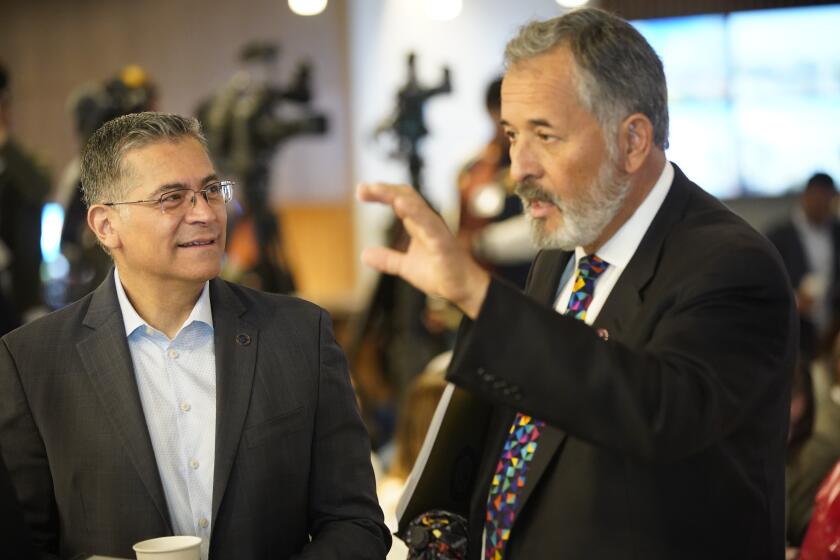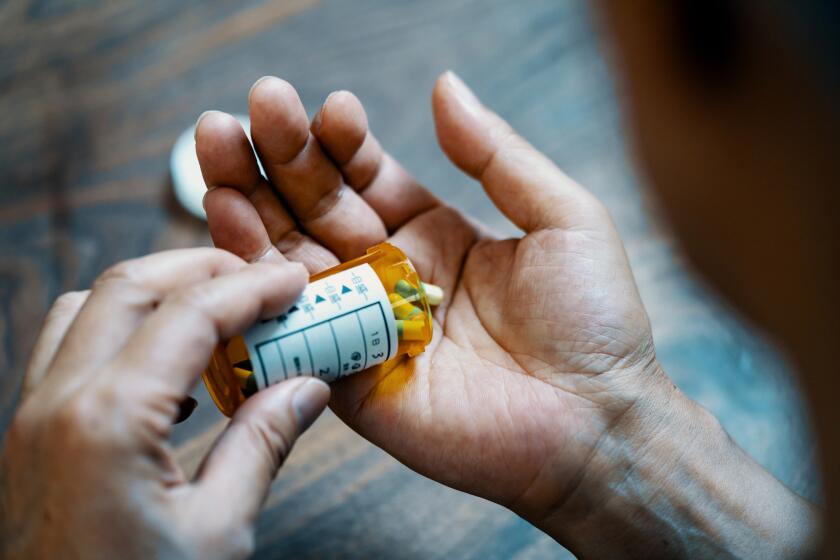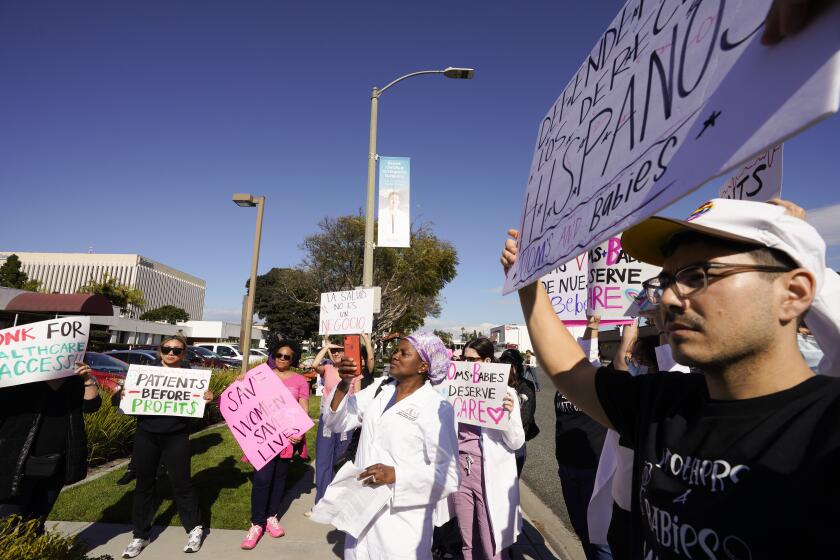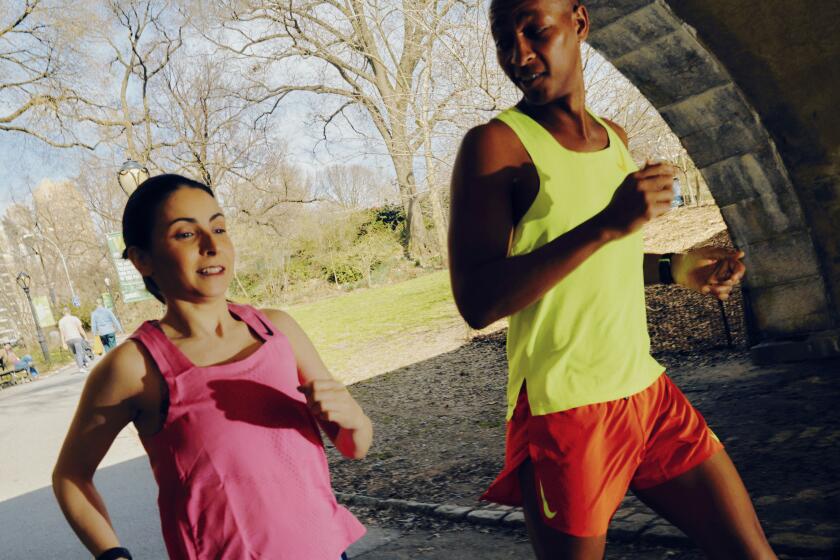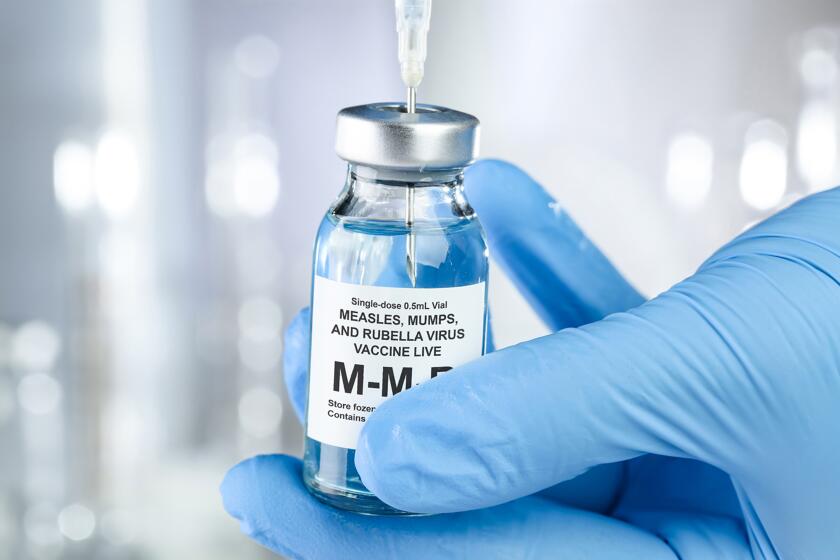San Diego County’s still waiting for test results on possible coronavirus case
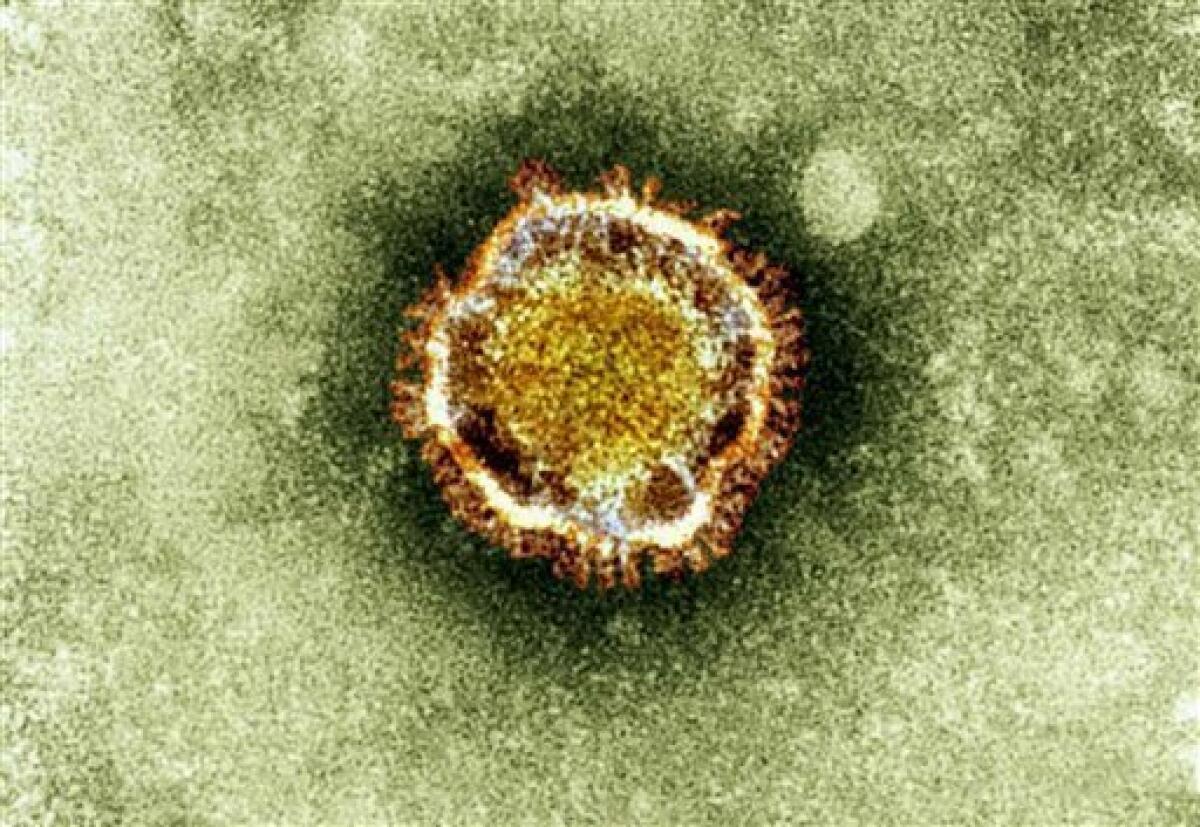
Public health doctor says case is the only one of its kind so far in region
San Diego County must wait at least one more day for word on whether a local patient is the first in the region infected with the coronavirus strain that has killed 106 people in China and sickened more than 4,500 worldwide.
Though San Diego County public health officials said Monday they expected test results from the U.S. Centers for Disease Control and Prevention on Tuesday, word went out just after 6 p.m. that no information has yet been transmitted.
In a recent update, the Atlanta-based public health agency said that 73 coronavirus tests sent in by public health departments across the nation are still pending. So it could be that the test from San Diego County is simply waiting in the queue. Or it could be that the test was negative, but the CDC hasn’t gotten around to notifying local official yet.
That wouldn’t be too surprising, said Dr. Eric McDonald, medical director of the county’s epidemiology and immunization services branch. The CDC, he said, usually prioritizes communicating positive test results over negative ones.
“If they have positive, actionable results to share, the CDC is usually making multiple calls to the local public health agencies at the same time,” McDonald said.
Ever since word the first novel coronavirus case popped up in Washington state on Jan. 21, public interest in the public health threat has increased.
Locally, interest is likely to be highest at UC San Diego, which has about 5,600 students from China, more than any other UC campus. One week after UCSD began reaching out to its nearly 40,000 students to be on the lookout for signs and symptoms of coronavirus, the larger university system suspended the education abroad programs it conducts with China.
Meanwhile, a new sign popped up in the international terminal at San Diego International Airport despite the fact that the facility has no direct flights to China. The sign was the most tangible indication that the airport is among 20 nationwide designated by the CDC Tuesday to participate in enhanced screening procedures.
Airport officials released a short statement Tuesday evening clarifying that what’s taking place in San Diego is less intense than the process in place for the five main U.S. airports where the CDC has been checking inbound Chinese travelers from Wuhan City since Jan. 17.
Screening in San Diego will not rely on thermal-imaging cameras to check passengers for fever as has been the case at a handful of airports, including San Francisco, Los Angeles and JFK in New York.
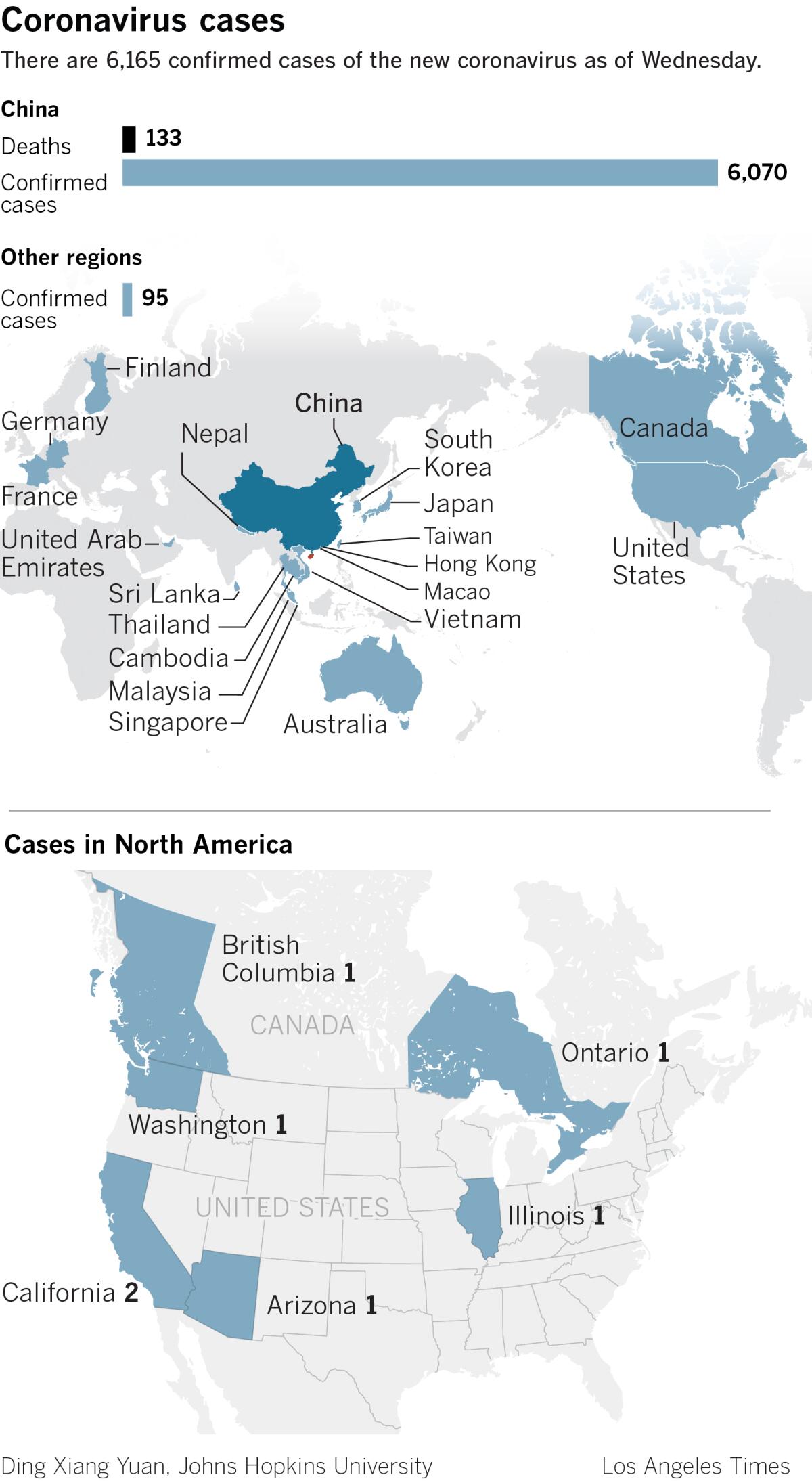
In addition to posting a sign that tells passengers what to do if they have recently traveled to China and are feeling sick, customs and border protection agents serving the international terminal in San Diego have been instructed to contact the CDC directly if they spot an ill passenger. Airport personnel have also been given guidance in how to help responding emergency personnel gauge the health conditions of sick travelers.
The CDC has released specific criteria for doctors nationwide to use when trying to determine who needs coronavirus testing and who doesn’t.
Testing is recommended for anyone with fever and symptoms of lower respiratory illness such as cough and/or difficulty breathing who visited Wuhan City within 14 days before those symptoms appeared. Testing is also recommended for anyone with both symptoms who had close contact within the past 14 days with anyone under investigation for corona infection. Finally, anyone with a fever or lower respiratory symptoms who also had close contact with a person who has a laboratory-confirmed corona infection also should be tested.
Phones began ringing Tuesday, McDonald said, after the county released information that it had sent samples from one local patient to the CDC for testing. But, after talking with medical personnel involved, none met the CDC’s criteria for testing.
“As of this second, there are no other individuals who are under investigation,” McDonald said. “No other tests are pending, and none have been sent out.”
The single local patient who is awaiting results, McDonald said, has been isolated even though he or she — the county hasn’t said which gender — didn’t technically meet every aspect of the CDC’s testing protocol. Local public health officials have identified the patient’s close contacts, though a formal “contact tracing” investigation would only begin if the CDC confirms that the virus is present.
McDonald added that all local emergency departments have been instructed to ask about travel to China during initial triage screenings. Any patients who meet CDC criteria are to be isolated from other patients. These protocols, McDonald said, were honed during the national Ebola outbreak scare of late 2014 and early 2015.
“The level of potential contagion and injury was so high with Ebola that it made everyone look at their procedures and learn from it,” McDonald said. “We know that there is enough sensitivity in this system to be able to quickly isolate any cases that do come in.”
Of course, sick and infectious patients don’t always show up at hospitals. That was the case in 2015 when six patients with suspected measles infections turned up at a Sharp Rees-Stealy medical office in La Mesa, causing the entire facility to temporarily shut down.
The current coronavirus situation, McDonald noted, is a bit different because all travelers from Wuhan are being screened when they arrive in U.S. airports and are instructed to call ahead if they start feeling sick rather than just showing up at the closest doctors office.
Get Essential San Diego, weekday mornings
Get top headlines from the Union-Tribune in your inbox weekday mornings, including top news, local, sports, business, entertainment and opinion.
You may occasionally receive promotional content from the San Diego Union-Tribune.

